Piriformis muscle : Anatomy, Function, Exercise
Piriformis is a muscle of the gluteal region which is located deep to the gluteus maximus. Piriformis muscle with other muscles like gemellus superior, obturator internus, gemellus inferior, quadratus femoris, obturator externus muscles are the responsible for external rotators of the hip .
Piriformis attaching to the sacrum on one end and the greater trochanter on the superior and medial side of the femur on the other end, this muscle is stabilize the hip joint and move the thigh away from the Body.
Piriformis is a is a flat, band-like muscle and the most superficially to the other deep gluteal muscles. Which exits the pelvis across the greater sciatic notch, up to its fixation reaches the superior margin of the greater trochanter.
Piriformis is located mostly parallel with the posterior margin of the gluteus medius.
Anatomy
Origin of Piriformis muscle :
Piriformis muscle originates from Anterior aspect of the sacrum at the level of about S2 through S4.
Sacrotuberous ligament.
Periphery of the greater sciatic notch.
Insertion :
Superior and medial aspects of the greater trochanter.
Nerve Supply :
The muscle nerve supply is the piriformis nerve. (Sacral plexus,5 and S1,S2)
Blood supply :
The Blood supply is from the inferior gluteal, superior gluteal and internal pudendal arteries, all branches of the internal iliac artery.
Function of Piriformis muscle :
External Rotation of the hip when it is extended (that is when in standing).
Abduction of the hip when it is slightly flexed.
Also helps slightly in pelvis tilting laterally.
Helps Posterior pelvis tilting by pulling the sacrum down towards the thigh.
Importance of the Piriformis muscle :
The muscles plays important role in Hip movement Because it helps stabilizes the joint and also abduct and rotates the thigh. This movement helps you to walk, shift weight from one to to another and maintain Body Balance. It is also used in sports activity that helps lifting and rotating thigh.
History of Piriformis Muscle :
The muscle was first titled in 16th century by Adriaan van den Spiegel, a professor from the University of Padua.
Clinical importance :
The piriformis muscle is used to locate the sciatic nerve. This nerve enters the gluteal region in downward direction to the piriformis. If the lateral rotators of the hip are tight then it may compress the sciatic nerve, and producing radiating pain into the lower extremity. This is known as Piriformis Syndrome.
The piriformis muscle is divides the gluteal region into two parts superior and inferior part. Due to the superior and inferior part , the name of the vessels and nerves that supply the area (e.g. the superior gluteal nerve and vessels emerge superiorly to the piriformis, and the inferior gluteal nerve and vessels emerge inferiorly to the piriformis).
Piriformis muscle is also divides the gluteal region into a superior and inferior part. Therefore, it determines the name of the vessels and nerves that supply the area (e.g. the superior gluteal nerve and vessels emerge superiorly to the piriformis, and the inferior gluteal nerve and vessels emerge inferiorly to the piriformis).
Assessment
Palpation of Piriformis is indirectly through the gluteus maximus into the greater sciatic notch.
Test
Piriformis Test :
The Piriformis test is a lower limb stretch test to evaluate the impact of the piriformis muscle on the sciatic nerve.
Purpose :
The piriformis test is used to assess the piriformis syndrome and to detect tightness of the muscle or other discomforts of the sciatic nerve as it passes through the muscle or sciatica pain related condition for differential diagnosis.
Technique :
There two methods are used :
- Piriformis test in side-lying position: For performing the test, the patient’s position is in side-lying on the unaffected side. The affected leg is positioned in 60 to 90 degrees of flexion in the hip and 90 degrees flexion in the knee joint. The patient should be lying with the face directed towards the therapist, the therapist’s hand is placed on the pelvis to stabilize it, The another hand is placed on the lateral side of the knee joint. The therapist gives hand pressure on the lateral side of the knee joint and tries to stretch the part as far as possible. The therapist performs horizontal adduction while putting pressure on the knee joint in the direction of the table. At a time of the stretch, the patient may feel pain or uncomfort. This test is also called FAIR test (Flexion Adduction and Internal Rotation).
- Seated Piriformis Test: The piriformis test can also be examined in a sitting position on the chair with trunk upright and feet resting on the ground.The test is performed by crossing the affected feet and placing the ankle of the affected feet on the unaffected knee joint. One hand of the therapist is at the ankle to stabilize the part while the other hand is placed on the lateral side of the knee joint. The patient is then asked to bend forwards o feel the stretch in the gluteal region or the therapist pulls the knee towards the chest.
Results of the test :
The patient may complain of pain in the piriformis muscle or the gluteal region, the pain may increase suddenly and there could also be a pain in the posterior part of the thigh. This indicates that the pain is due to the piriformis muscle tightness and the sciatic nerve is not directly involved by the lumbar disc herniation.
There could be pain in the gluteal area and throughout the back side of the thigh and leg where sciatic nerve passes, this indicates that the sciatic nerve has become compressed by the tight piriformis muscle. The positive result of this test indicates Piriformis syndrome.
However the sciatica pain could be because of both the piriformis syndrome or a lumbar slip disc which can be assess by performing the Straight Leg Raising Test.
The Freiburg sign for stretching of the muscle, in the supine position, the Doctor’s passively rotate and extend the hip. There is burning pain felt in the gluteal region and also throughout the course of the sciatic nerve which indicate that the sciatic nerve has been irritated by the compressing of the piriformis muscle.
Also this is an indication of Piriformis muscle syndrome. In piriformis syndrome, patient having pain or numbness in the buttock region and posterior thigh with occasional radiatiating pain into the foot. The other possible cause of pinching of the sciatic nerve are trigger points in the piriformis muscle.
Piriformis muscle exercise :
There are mainly two type of exercise you can do at your Home
- Strengthening exercise of Piriformis muscle
- Stretching exercise
Piriformis stretching exercise :
There are a too many ways you can stretch the muscle. Two simple stretching exercise are :

Supine Lie on the back on soft mat with both feet flat on the floor and both knees bent 90 degree. Pull the right knee towards the left chest, grasp the knee with the left hand and pull it towards the left shoulder until you feel gentle stretch and hold the stretch for 10 to 20 seconds. Repeat for left side.
Supine Lie on the back on soft mat with both feet flat on the floor and both knees bent 90 degree. Keep the ankle of the right leg over the knee of the left leg. Pull the left thigh toward the chest and hold the stretch for 10 to 20 seconds. Repeat for other side.
Initially Piriformis stretching exercise should be hold for 8 to 10 seconds, and gradually increased to hold for 20 to 30 seconds, and repeated three times each day.

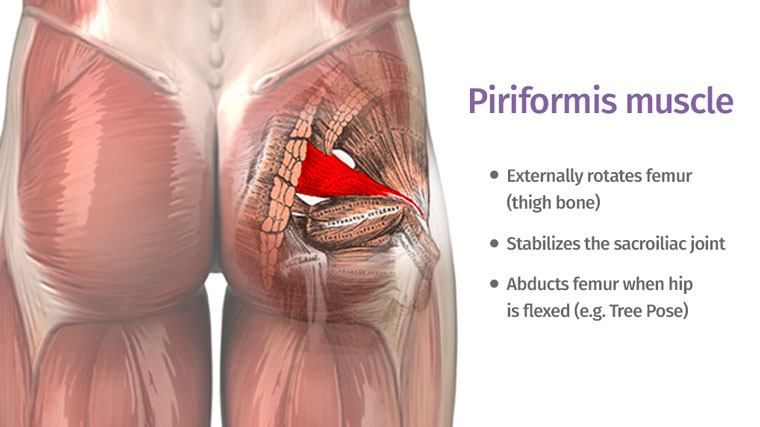

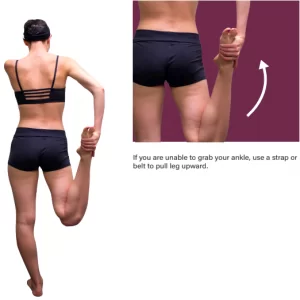
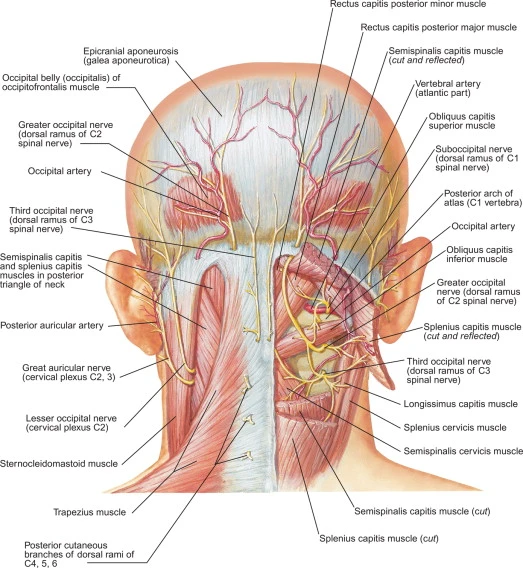
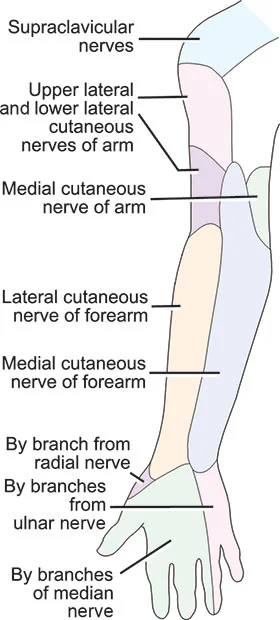
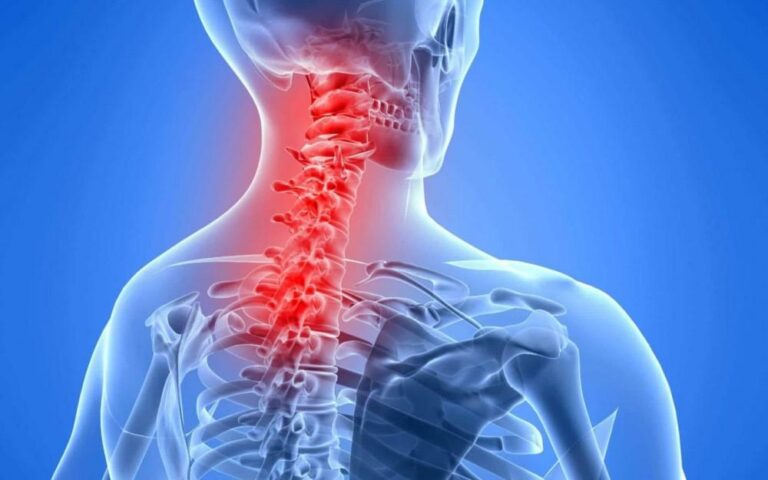

5 Comments